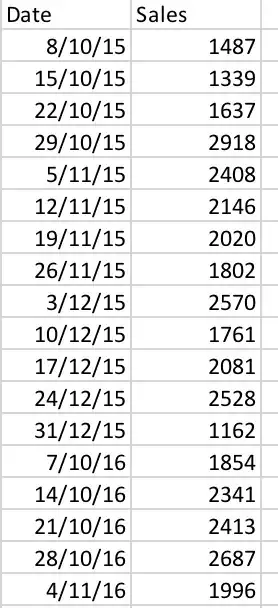I am currently doing a project for my Bachelor degree, for which I study vigilance in birds. Obviously, I have to analyse the data statistically. However, I do not know where to begin since I do not know which test to chose.
I am interested in how vigilance varies following a disturbance. I recorded the following data during my field work :
Environmental parameters (such as weather, group size, temperature, ...)
Vigi_before (% of time spent vigilant per minute just before the bird is disturbed)
Duration_vigi_1 (Time spent vigilant during the first minute following the disturbance)
Freq_vigi_1 (Frequence of vigilance events during the first minute following the disturbance)
Duration_vigi_2 (Same as Duration_vigi_1, but during the SECOND minute following the disturbance)
Freq_vigi_2 (Frequence of vigilance events during the SECOND minute following the disturbance)
... And so on until Freq_vigi_4
Here is an overview of my table
EDIT : My sample size would be about 250 observations.
Here are my first data
My questions are the following :
Is vigilance influenced by the weather (or temperature, bgroup size, etc ...) ?
Is post- disturbance vigilance influenced by the time spent vigilant before disturbance ? (eg : Birds that are highly vigilant before the disturbance could be more vigilant after disturbance than those that are less vigilant before disturbance).
How does post-disturbance vigilance vary in time ? (Eg : We could expect to see the time spent vigilant after the disturbance to decrease over time).
After reading the literature, I saw that most people use Generalised Linear models or Mixed models. However, I do not know if it could be really relevant in this case, since I do not really know where to begin.
My question for you is the following :
Which test(s) do I have to chose to answer to these different questions ? (Precision : I work with R)

